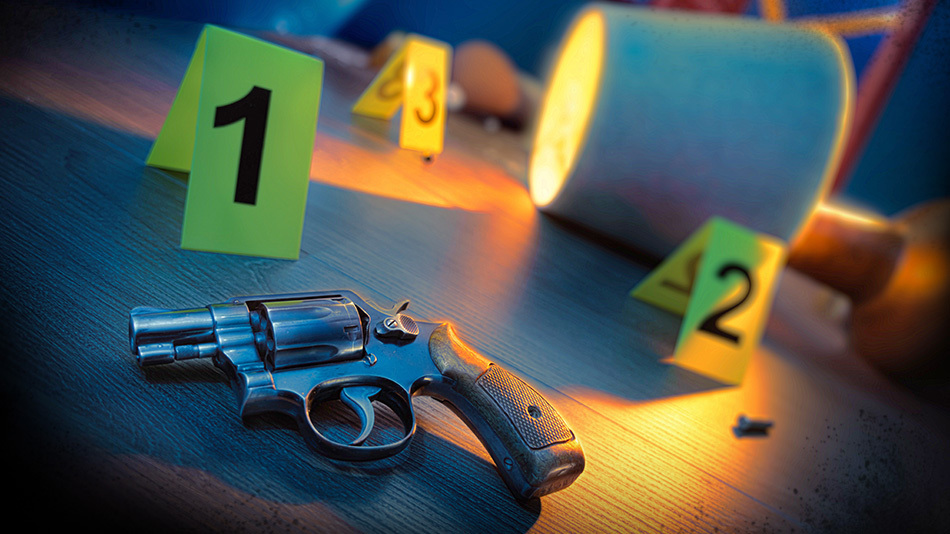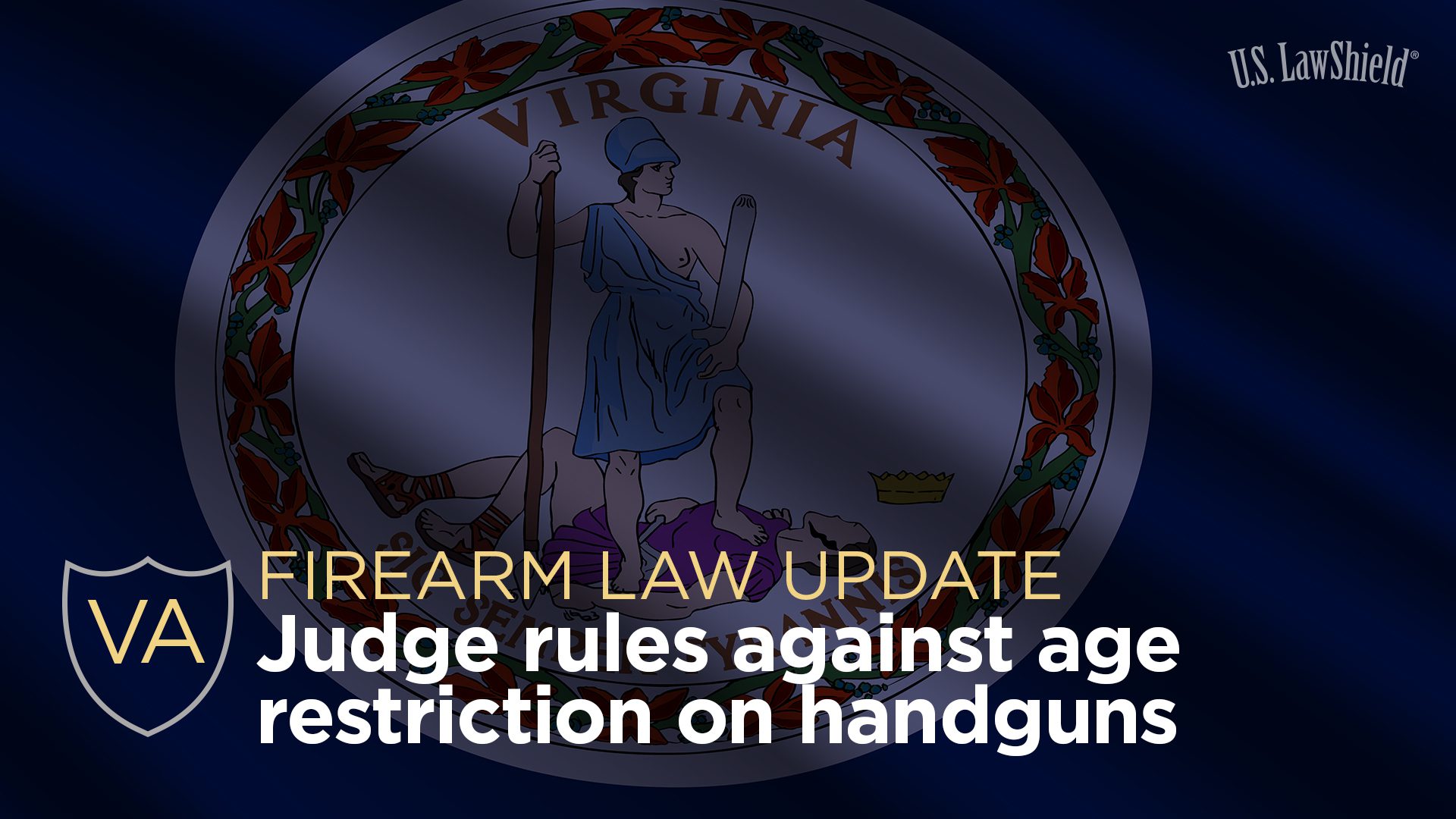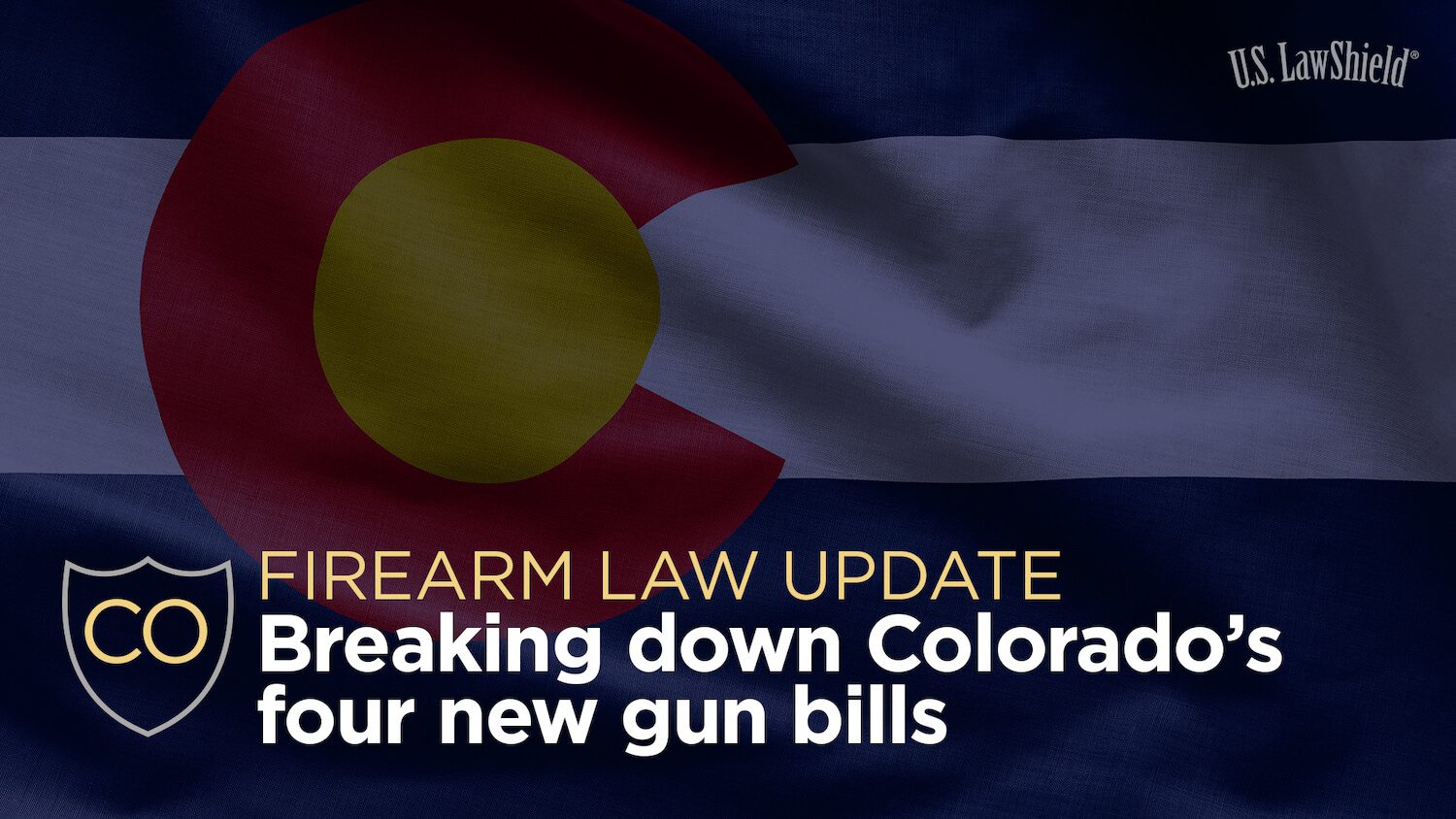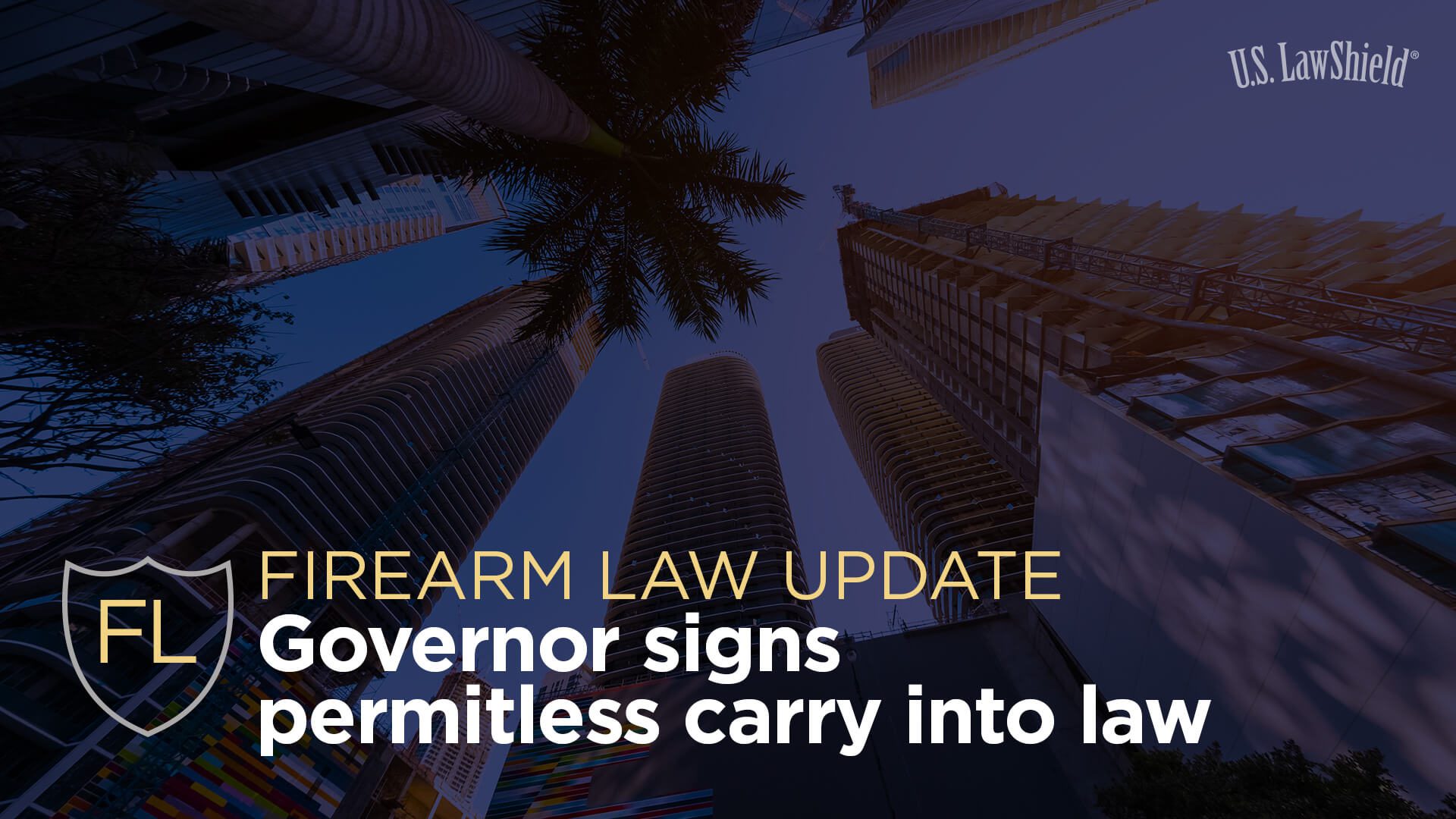
Two “facts” have been washing over mainstream media for quite some time now: The number of violent crimes reported has decreased, and the number of murders is on the rise. So, which is it? Both statements can’t possibly be true...can they?
The Truth About Violent Crime
All too often, violent crime statistics are used to herd public attention to a political platform—most recently, President Biden’s gun-restrictive policies. Stirring up mass anxiety about the percentage of violent crimes to sway voters is not a new tactic, and countless politicians are guilty of sharing misleading violent crime stats to help support their campaigns.
So, which side should you believe? Is the percentage of violent crime on the decline? Or is the homicide rate spiking? Well, the answer, shockingly, is both are true.
In a preliminary 2020 report from the FBI, almost every category of violent crime saw a decrease compared to 2019. But which category saw a huge spike? Yup, you guessed it: homicides. While violent crime dropped by as much as 4.8% in one region of the country, the overall number of reported homicides jumped drastically by 14.8%.
Most anti-gun advocates argue it’s because of the corresponding spike in gun sales, but there are a lot of factors to consider here. 2020 was a year unlike any other; from a global pandemic to extreme social unrest to a highly charged presidential election, there was plenty to be on edge about and plenty more to fear. A new uncertainty was revealed almost every day—can you blame people for wanting to feel safe, prepared, and protected? Besides, violent criminals are the ones committing violent crimes, not responsible gun owners. In fact, so many potentially heinous incidents have been put to an end by a good guy with a gun. And a violent crime statistic can’t rise if someone stops the crime from even happening—but you won’t see that making national headlines.
But that was 2020. Things are starting to calm down and get back to normal. It can only go up from here, right? Wrong. Unfortunately, we’re still seeing a negative impact on the rate of homicides from all those uncertainties. And it’s times like these that criminals live for. Mass confusion, fear, and distrust make it a lot easier to get away with a crime, which only make for a bolder criminal.
Don’t Want to Be a Statistic?
Not interested in being a part of the violent crime statistics? Good. Deciding you don’t want to be a victim of a violent crime is the first step in making sure you aren’t one. Taking charge of your own safety (and your family’s) means you have a defensive mindset; it means you’re a protector.
You’ve started your self-defense preparedness journey, you’ve (hopefully) invested in self-defense liability insurance, concealed carry insurance, firearm defense insurance—some form of self-defense insurance coverage—and you’re taking the steps necessary to keep yourself and your loved ones from becoming another number in a violent crime category on some annual government report.
(If you know you don’t want to be a victim but haven’t begun your self-defense preparedness journey yet, check out how to get started with Legal Defense for Self Defense® coverage.)
Simply taking the first step and accepting the idea of personal preparedness isn’t enough. You must commit to the journey. So, while understanding the need for and investing in self-defense insurance coverage for after an incident is a critical step, the best thing you can do to ensure you’re in control of your safety is to be prepared for everything that happens before a situation ever arises.
What does it mean to be prepared for the “before”? Well, it means staying educated and informed not only on what self-defense rights you have, but also on what rights you don’t have. It also means having proper self-defense training and knowing how to avoid altercations whenever possible. After all, an educated self-defender is a responsible self-defender. And the only thing U.S. LawShield® is dedicated to more than making sure your rights and freedoms are protected is making sure you remain responsible.
How to Continue the Journey
Knowing the truth about the number of violent crimes and murders, plus seeing tragedy in the news practically every day, should be enough to convince you that now is the time to get serious about your safety.
You need to be educated and informed. You need to be trained. You need to be ready for the before, during, and after of a self-defense incident. The sad truth is that you need to be prepared for the worst. Luckily for you, U.S. LawShield can help you take the next step—no matter where you’re at in your personal preparedness journey. The only thing left for you to do is commit. Are you ready?
The information provided in this publication is intended to provide general information to individuals and is not legal advice. The information included in this publication may not be quoted or referred to in any other publication without the prior written consent of U.S. LawShield, to be given or withheld at our discretion. The information is not a substitute for, and does not replace the advice or representation of a licensed attorney. We strive to ensure the information included in this publication is accurate and current, however, no claim is made to the accuracy of the information and we are not responsible for any consequences that may result from the use of information in this publication. The use of this publication does not create an attorney-client relationship between U.S. LawShield, any independent program attorney, and any individual.




Leave A Comment